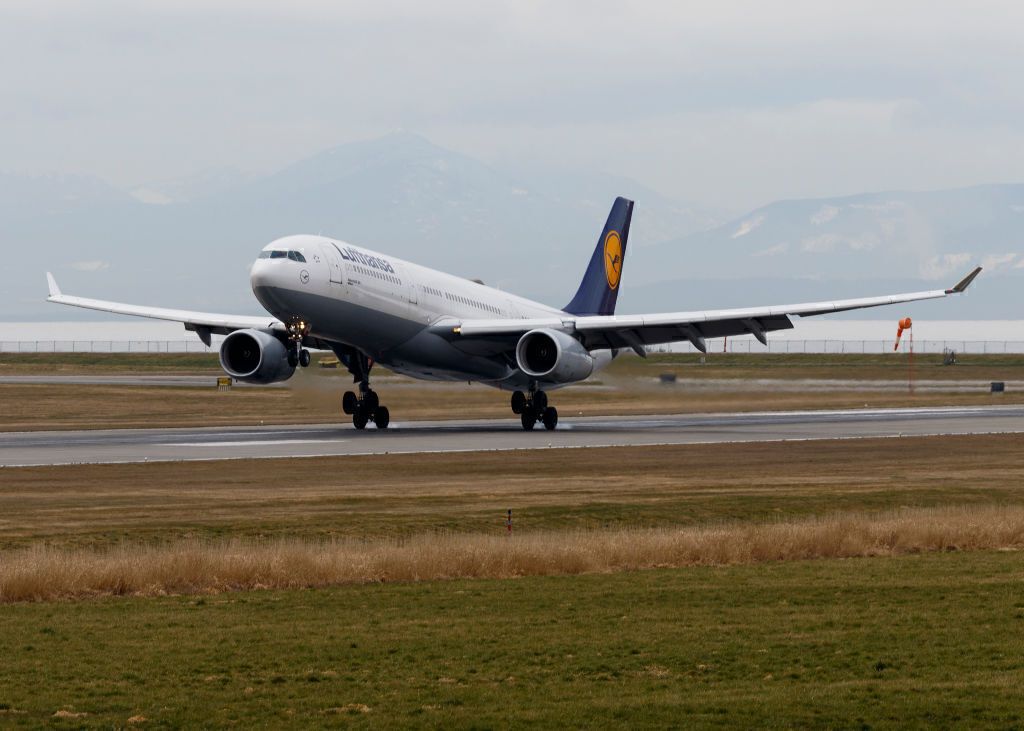jb747
Enthusiast
- Joined
- Mar 9, 2010
- Posts
- 13,504
Whilst I've shared the airspace with a Concorde, I've never run into its wake, so I can't say for sure. It's a relatively small aircaft, so even if it did punch above its weight, I wouldn't expect it to be all that bad. The worst wake maker for its size is the 757.I was wondering with wake turbulence separation and the Concorde was there more turbulence near the ground compared to subsonic plane of a similar size?
Last edited:















